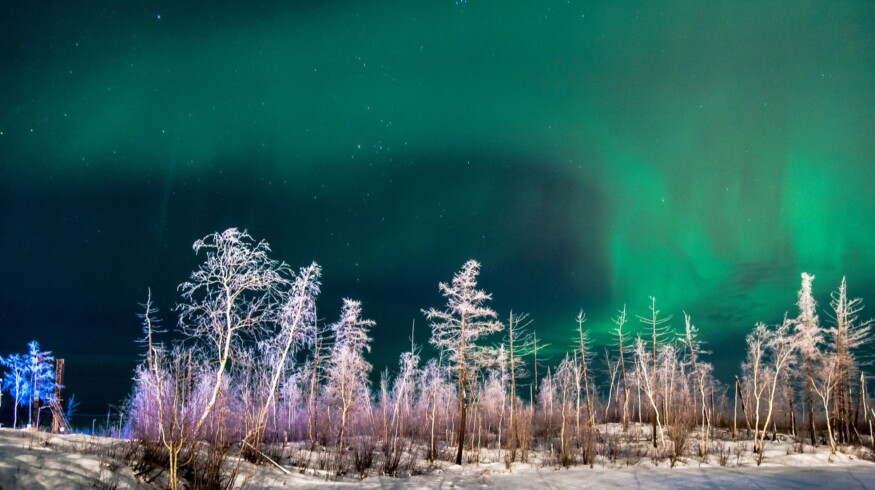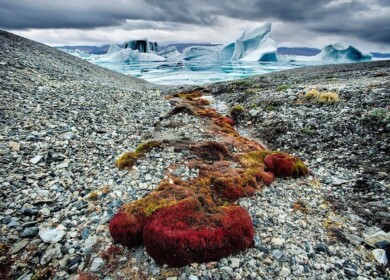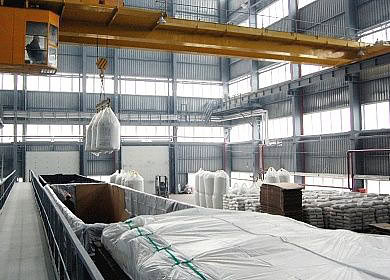An agricultural boom is projected in the north of Krasnoyarsk Krai

Scientists at the Institute of Agriculture of the Krasnoyarsk Research Center of the SB RAS estimated what would happen to lands and soils of Siberia as a result of climate change.
An increase in the average annual temperature and precipitation will shift the natural zones to the north and change the structure of soil cover of the territory. These changes open up new opportunities for more active use of the Siberian land in agricultural production.
According to the scientists, the warming currently observed will push the boundaries of all natural zones to the north. For example, the forest-tundra will have shifted by more than 100 km by 2050. All this will result in the transformation of lands and soils. Due to the permafrost thaw in the northern part, waterlogging in the tundra and taiga zone will occur. Moreover, the process of accumulation of humus, the main source of nutrients in the soil, will intensify in the forest-steppe. This is what will significantly increase the value of the northern part of the agricultural zone in agricultural production.
In the southern taiga, sod-podzolic soils will continue to dominate. However, as the taiga border will advance further to the north, these will transform into gray forest soils. Due to the retreat of permafrost and the loss of its shielding role that helps to retain water, the marshes in the southern zone will dry out and the peat mass will degrade. An increase in the area of steppes is foreseen, which will lead to a decrease in humus reserves in soils, drying out of the territory and will create conditions for widespread wind erosion of the soil. The southern border of the forest will move to the north.
“These changes, on the one hand, may have a positive effect on the agricultural sector of the region, where heat and moisture are not enough. In the changing climate, the length of the vegetation period will increase, which opens up opportunities for growing heat-loving crops in the north of the agricultural zone of Siberia: early ripening varieties of corn, lentils, and soybeans. However, it should be borne in mind that at the same time in the south of Siberia, the soils will dry out due to an increase in temperature and uneven precipitation. This will result in their degradation. Additional irrigation and more active use of mineral fertilizers will be required, otherwise agriculture will become unstable here. The forecasts presented indicate the need of direct investments towards the north. This is important for the overall stable development of the agricultural industry,” said Alexander Shpedt, Deputy Director for Research at the Institute of Agriculture of the Krasnoyarsk Scientific Center of the SB RAS.
Enjoyed this story?
Every Monday, our subscribers get their hands on a digest of the most trending agriculture news. You can join them too!














Discussion0 comments